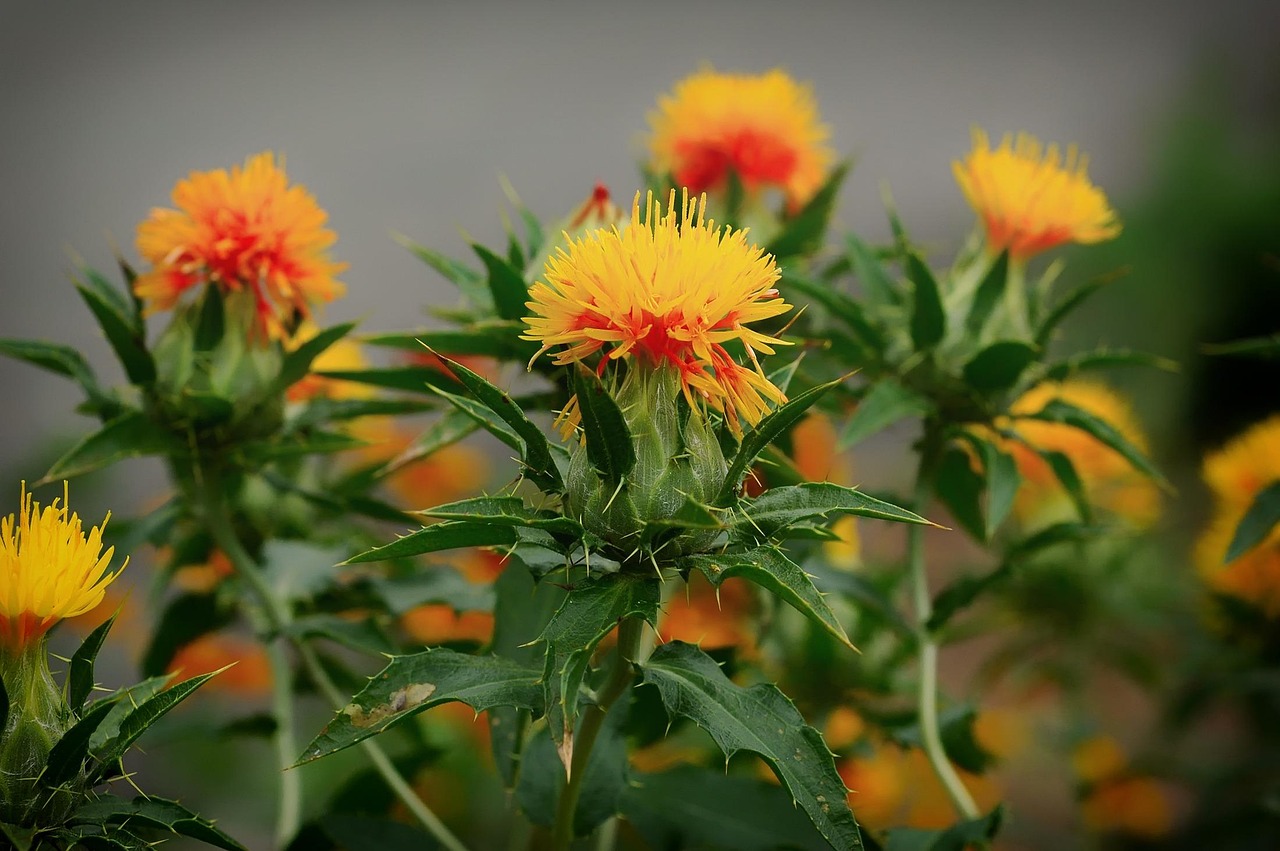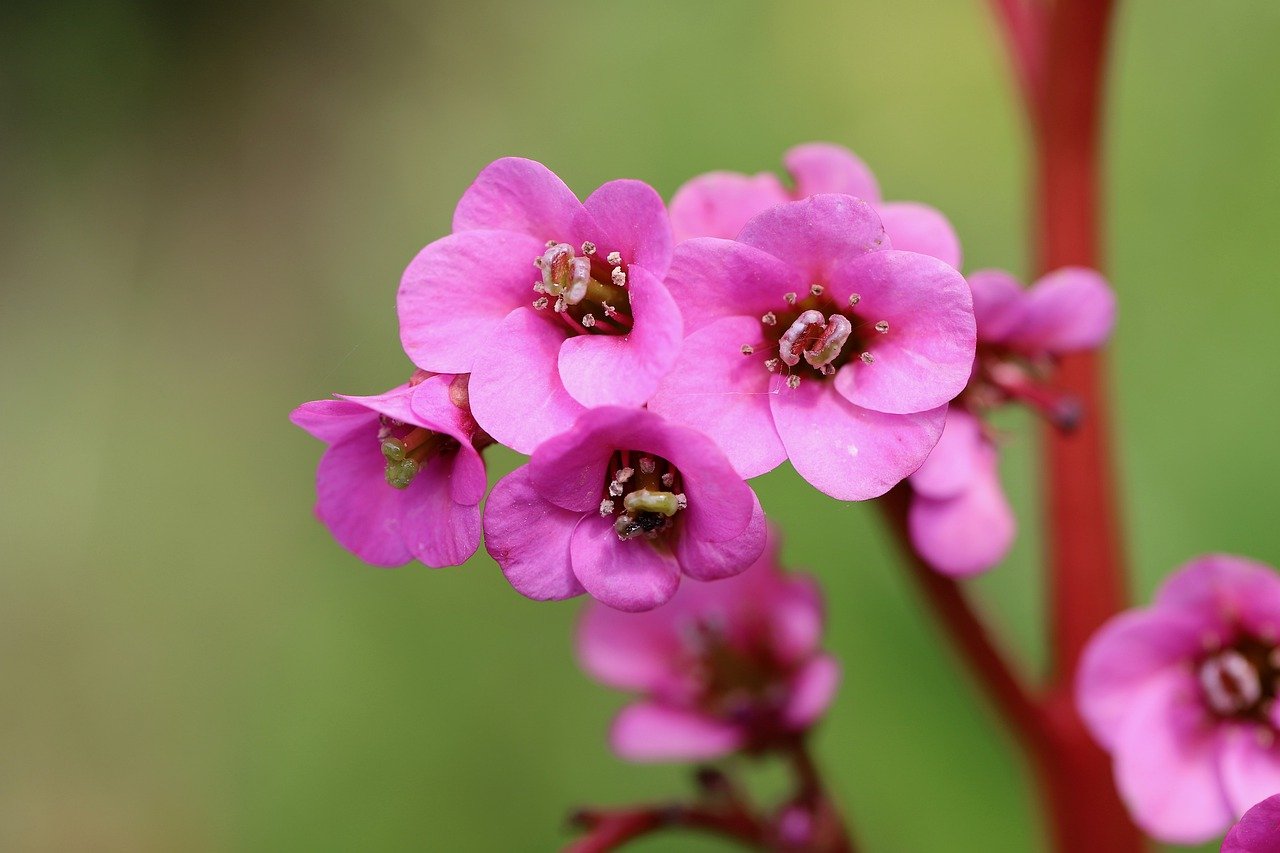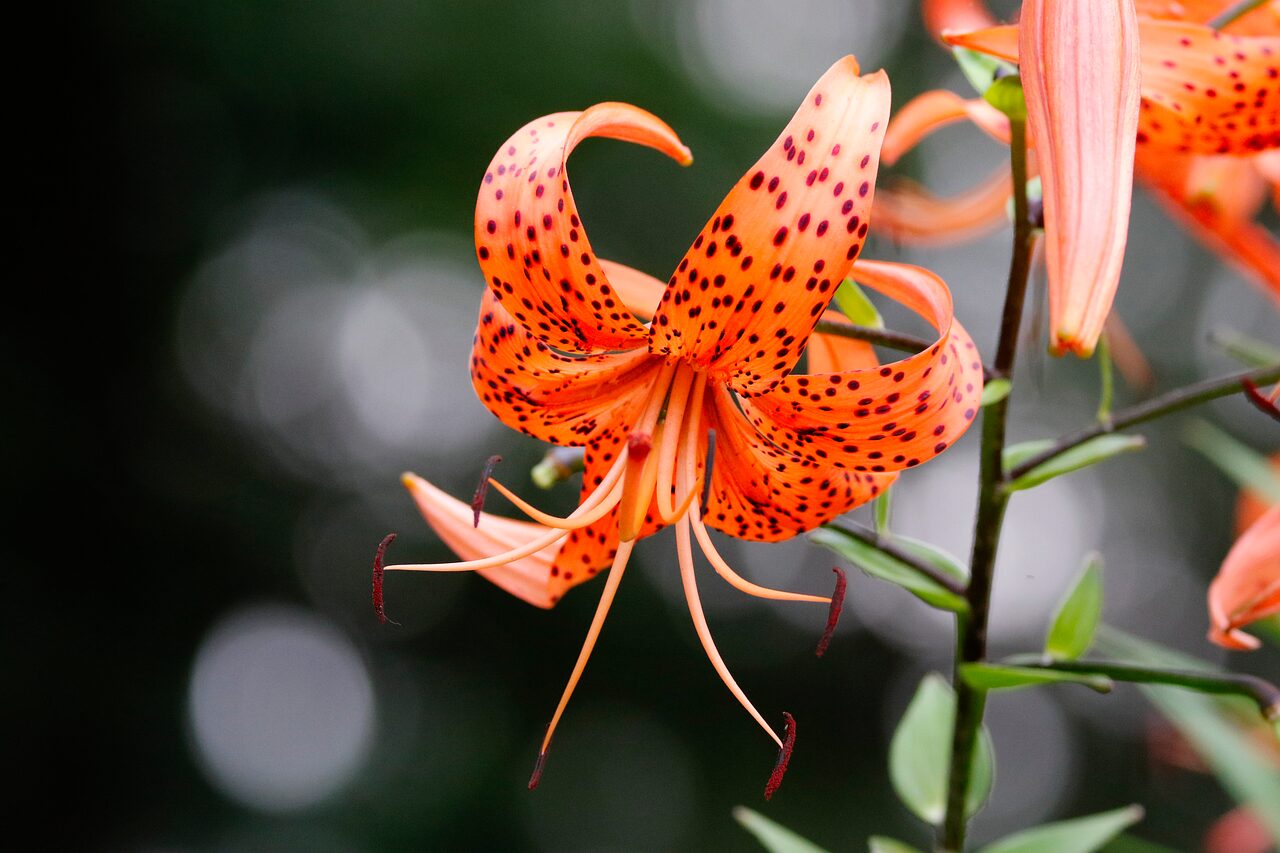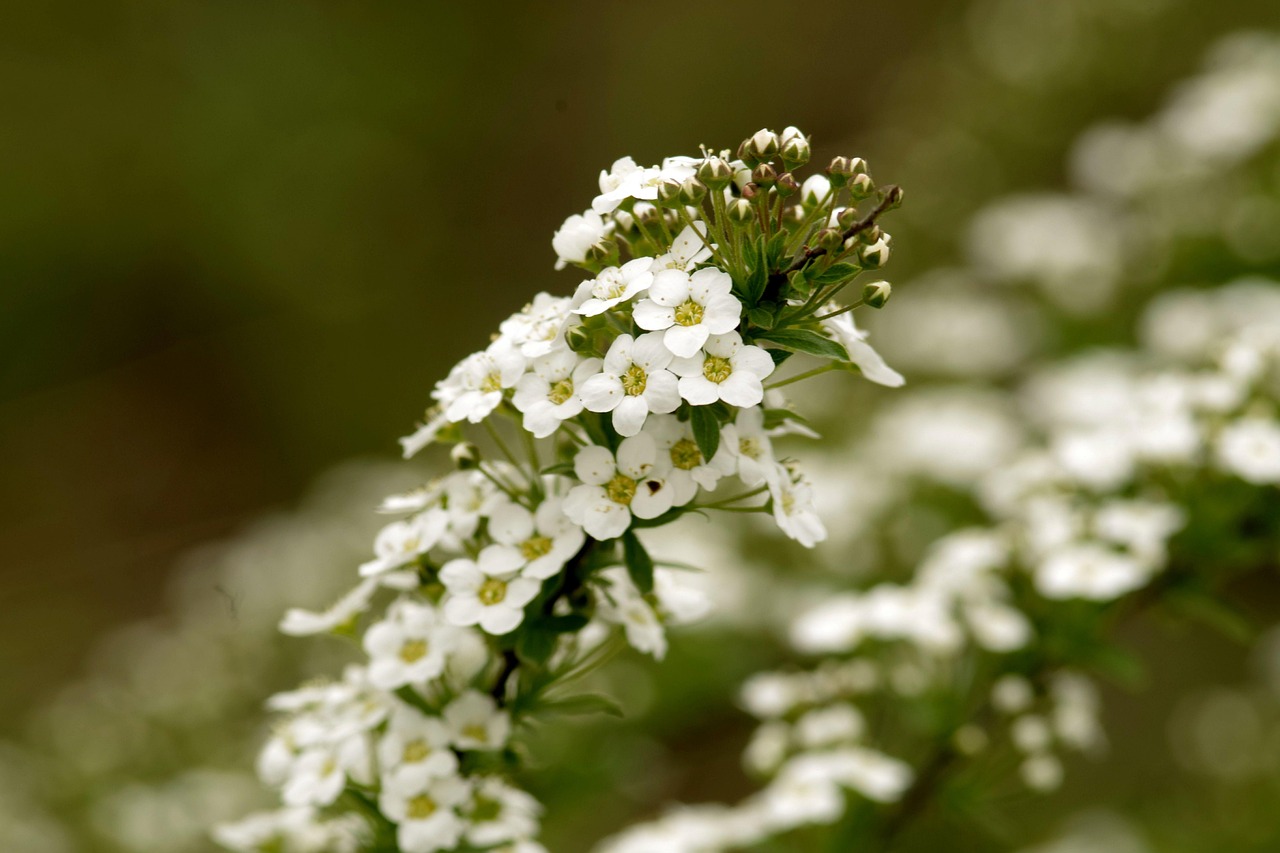Winter Cherry | The Red Berries Cherished in Europe as Indoor Decoration
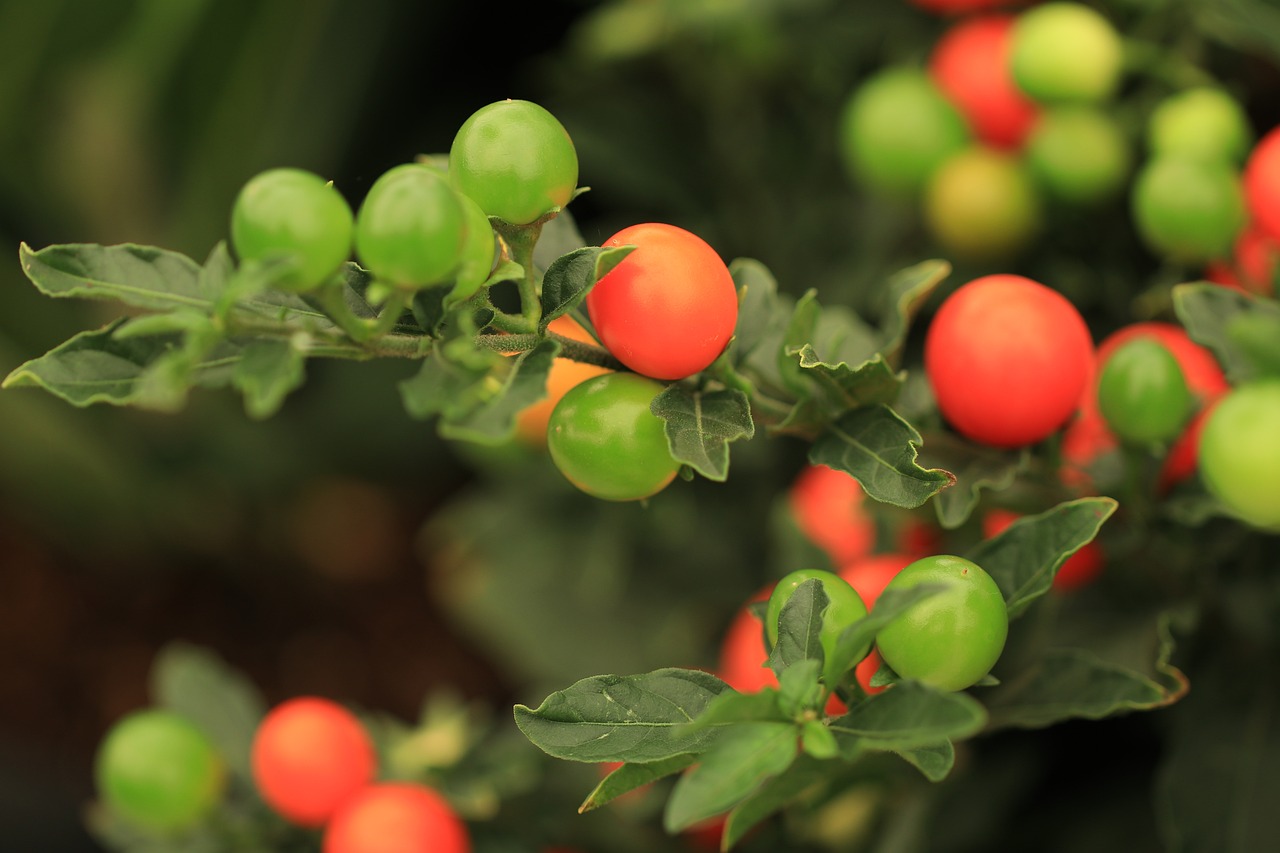
Winter Cherry is an ornamental plant that bears vibrant red and orange berries in winter. The berries shine like precious jewels, making this plant a popular choice for brightening winter gardens and interiors.
In this article, I will introduce the basic information, cultural and historical background, and essential growing tips for the Winter Cherry.
Basic Information
- Scientific name: Solanum pseudocapsicum
- Family: Solanaceae
- Origin: South America (Brazil, Peru, etc.)
- Appearance: A small evergreen shrub or perennial reaching 30–60 cm in height, with dark green leaves. It produces small white flowers in summer, followed by round red or orange berries (1–2 cm in diameter) that ripen toward winter. Because the berries last for a long period, the plant is especially valued as a Christmas decoration.
- Flowering season: June–August
- Fruiting season: October–January
Cultural Significance Worldwide
The Winter Cherry originated in South America and became popular as an ornamental plant in both Europe and Asia.
In Europe, it is commonly known as the “Christmas Cherry” and often used for interior decoration during winter, especially as part of traditional Christmas arrangements.
In Japan, it was introduced during the Meiji period and came to be called “Fuyusango” (Winter Coral), a name inspired by its coral-like red berries. Today, it remains popular in flowerbeds and potted displays, particularly around the New Year season.
Historical Background

The Winter Cherry was brought to Europe in the 16th century by Spanish and Portuguese explorers. Its striking berries were initially treasured by the nobility and wealthy households.
Later, its tolerance and ease of cultivation contributed to its spread throughout Europe.
In Japan, it was introduced in the Meiji era and soon established itself as a beloved ornamental plant. Because it brightens the otherwise colorless winter landscape, it has been widely cultivated in homes and public gardens alike.
Gardening Advice
Although the Winter Cherry is relatively easy to grow, proper care helps bring out its full beauty. Below are the key cultivation points:
Sunlight
Prefers bright locations. Adequate sunlight is essential for vivid berry coloration. In summer, provide partial shade to prevent leaf scorch.
Watering
Water thoroughly when the surface soil dries, but ensure good drainage to avoid excess moisture. Reduce watering during winter.
Soil
Requires well-drained soil. Mixing perlite or river sand into regular potting soil improves drainage.
Fertilization
Apply liquid fertilizer once every two weeks during the growing season (spring to summer). Reduce fertilizer during the fruiting stage to enhance berry color.
Pruning
Prune in late winter to maintain shape. Remove old or weak branches to encourage healthy new growth.
Conclusion
The Winter Cherry is a captivating plant that adds brilliant color to the cold winter months. By providing sufficient sunlight and proper care, you can enjoy its radiant berries for an extended period.
I encourage you to bring the Winter Cherry into your garden or home to brighten the winter season.


